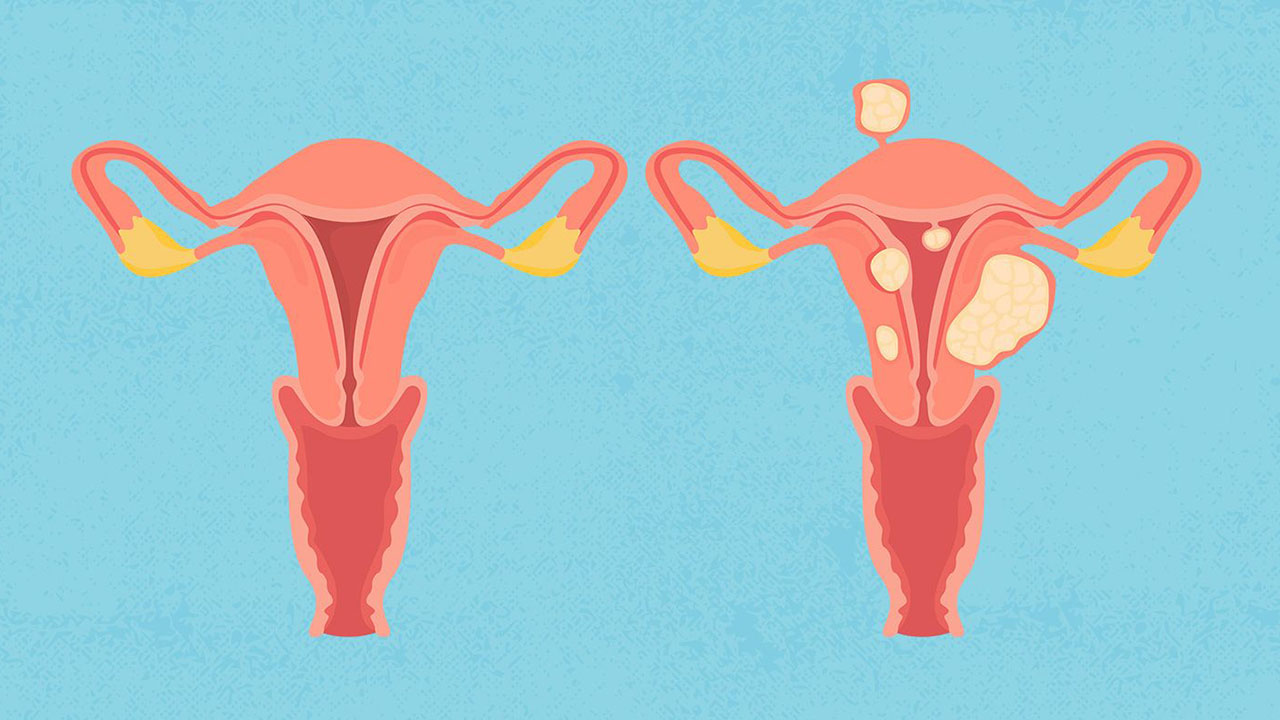The regularity of the menstrual cycle for women is usually associated with their well-being. Therefore, irregular cycles can be predicted to be a major sign of abnormality in their bodies. Sometimes, these abnormal activities within the body are caused by the fibroids. The non-cancerous that may develop and grow in the uterus are referred to as fibroids. Fibroids can be of different sizes but are formed from fibrous tissues and muscles. Women usually are unaware of fibroids being developed because of the lack of symptoms but the effects of fibroids on the menstrual cycle is worth emphasizing.
2 in every 3 women are known to develop a fibroid at least once in her lifetime. Therefore, fibroids are considered to be very common. Studies found that women of African-Caribbean origin are more likely to develop such non-cancerous cells. Fibroids are also common in obese and overweight women, this is because the more the weight, the more will be estrogen production in one’s body. Women that have gone through the stages of pregnancy and have given birth are very less likely to develop fibroids.
Causes of Fibroids
The development of the fibroids gets linked to a female reproductive hormone produced by the ovaries named estrogen but the exact reason for their development is still unknown. These fibroids are known to develop when a woman is aged 16-50, during the reproductive days of a woman’s life. This is because during this time the estrogen levels are at their peak. Fibroids start to shrink when the levels of estrogen fall during menopause and the menstrual cycle of the women stops.
Types of Fibroids
As mentioned above, fibroids can have different sizes and they are capable of developing and growing in any part of the womb. Their size may range from a size of a pea to a size of a melon! The different types of fibroids, that have different locations and symptoms, are described as
Intramural fibroids: these are the most common type of fibroids to develop and they develop in the womb’s muscle wall
Subserosal fibroids: these can be very large and as the name suggests, these develop on the outside of the wall of the womb, usually into the pelvis.
Submucosal fibroids: These fibroids grow into the cavity of the women’s womb because they develop in the layers of muscles beneath the inner liner. There is another type named pedunculated fibroids, these are formed when the sub-serosal and sub-mucosal fibroids get attached by a narrow stem of a tissue to the womb.
Effects and symptoms
The intramural fibroids and the submucosal fibroids are associated with abnormal and heavy bleeding during the menstrual cycle. Even though the exact reason is still unknown but the heavy bleeding can be explained to be a result of the muscular contractions within the uterus due to the fibroids that prevent the uterus from controlling the amount of blood that flows.
Other than this, the fibroids exert pressure on the veins as the uterine lining expands. This can be identified as compressed veins and this can also lead to heavy bleeding.
Heavy and abnormal bleeding possess a high risk of clot formation, and irregular bleeding and also prolongs the cycle. Other symptoms may include, weakness, fatigue, extreme cramps, pain in the back and abdomen, anemia, constipation nausea, and severe headaches.
Diagnosis of Fibroids
If you experience excessive and unusual bleeding overnight then you should get yourself checked. Your healthcare provider will probably ask you about your medical and menstrual history. Some fibroids are identifiable by a physical examination however, others may require diagnostic methods like the pelvic ultrasound, MRI, and sonohysterogram.
Treatment
You don’t have to get fibroids treated if you are not experiencing any symptoms, they will eventually shrink after menopause. However, if you are experiencing symptoms led by fibroids then the medicine will help to get rid of the effects of fibroids.
Medication can also help to shrink the size of a fibroid, if the medicine is ineffective then surgery or a less invasive procedure would be required to remove the fibroid.




